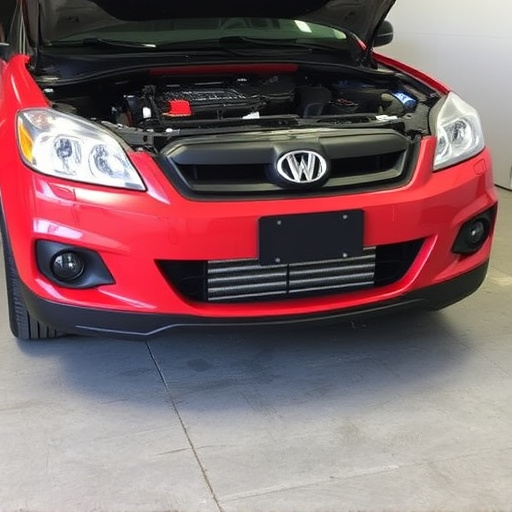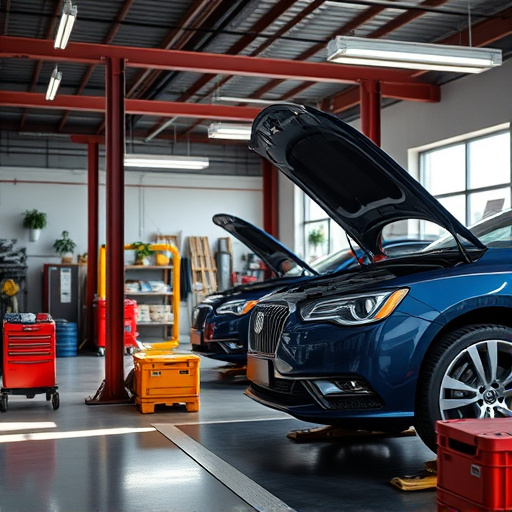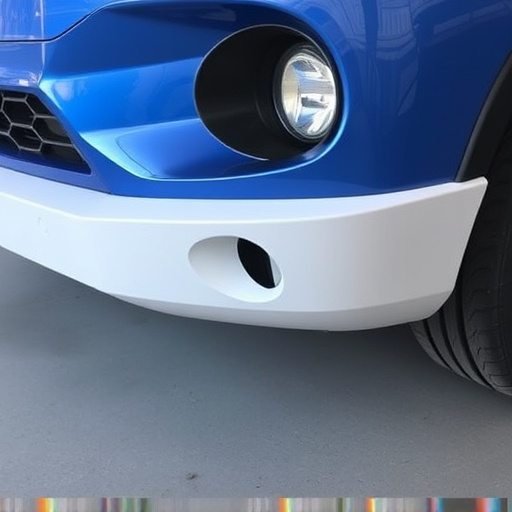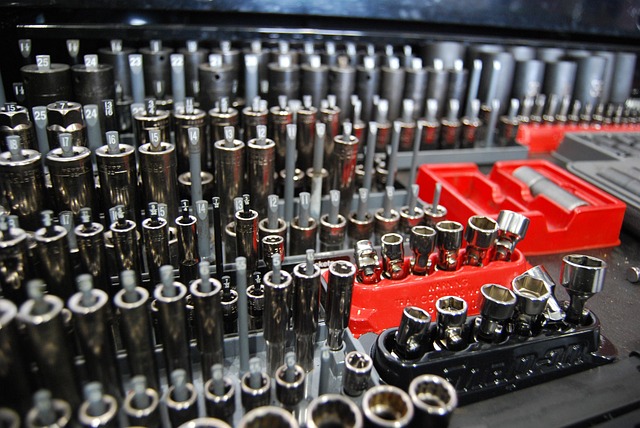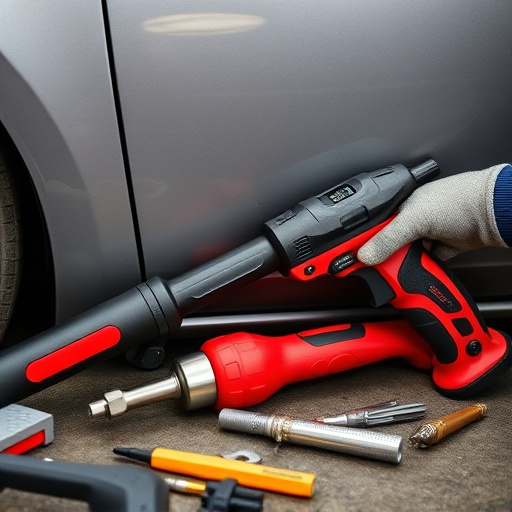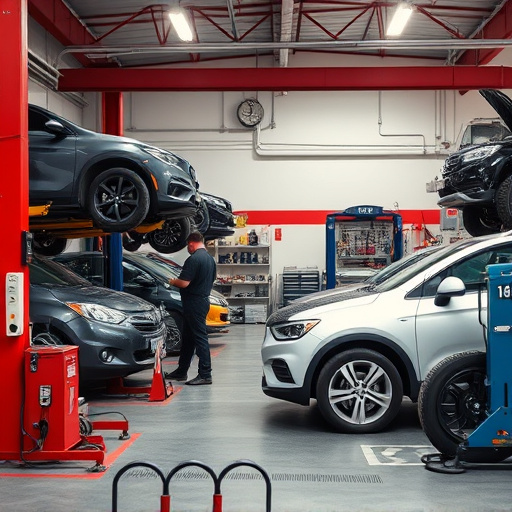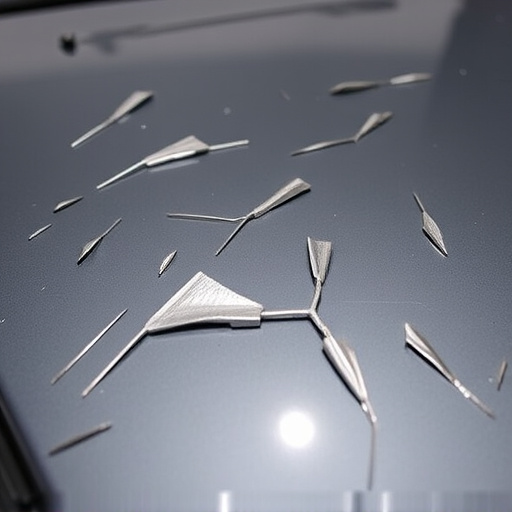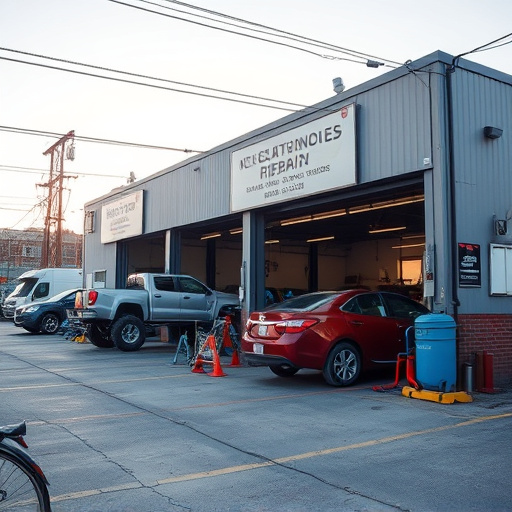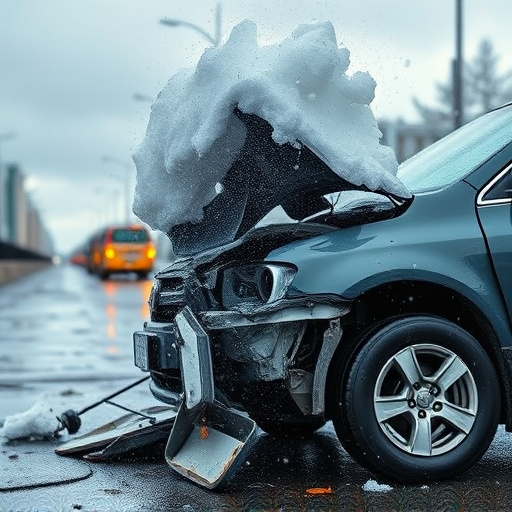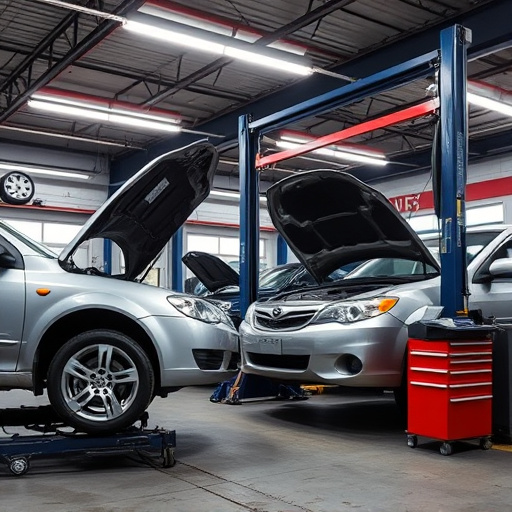Post-accident repair claims require meticulous documentation for successful processing. Damage assessment, detailed logging, and before/after photos are crucial for evidence. Advanced repair methods like paintless dent repair can enhance claim outcomes. Comprehensive gathering of evidence and records minimizes risk of claim denials.
Post-accident repair claims can be a complex process, often leading to denied requests without proper documentation. Understanding the intricacies of these claims is crucial for all drivers. This article guides you through the nuances of post-accident repair claims, highlighting the importance of comprehensive documentation in ensuring successful settlements. We’ll explore common pitfalls that lead to claim denials and provide actionable tips to help you avoid them.
- Understanding Post-Accident Repair Claims
- Documentation: The Key to Successful Claims
- Common Reasons for Claim Denial and How to Avoid Them
Understanding Post-Accident Repair Claims
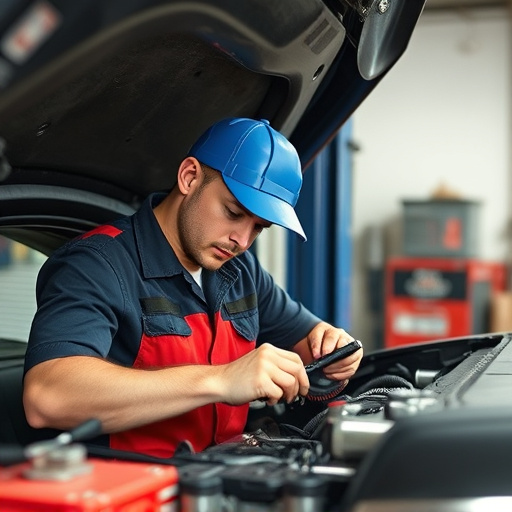
Post-accident repair claims are a crucial aspect of auto insurance that often requires careful navigation. When a vehicle is involved in a collision, immediate attention to damage assessment and documentation becomes vital for any potential claim. Understanding this process is essential for both policyholders and insurers alike.
Accident scenarios can lead to various types of damage, from minor dents and scratches to more significant structural issues. Proper documentation ensures that the extent of repair needed is accurately captured. For example, detailed records of car paint repair, auto maintenance history, and in-depth assessments of luxury vehicle repair requirements are essential to support a claim. These documents not only facilitate smoother claims processing but also help in ensuring fair compensation for the insured party.
Documentation: The Key to Successful Claims
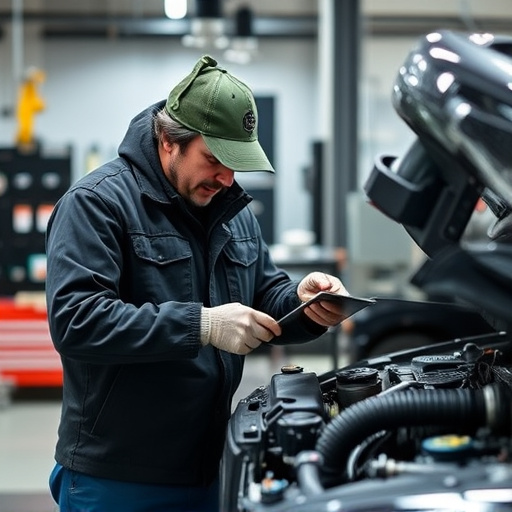
In the world of post-accident repair claims, documentation stands as a cornerstone for success. Every detail, from initial assessments to final touch-ups, should be meticulously recorded. Photos of damage, before and after repairs, are invaluable, serving as visual evidence that can reinforce your claim’s validity. Additionally, detailed work logs that log the extent of damage, parts replaced, and repair techniques used create a comprehensive narrative for insurance companies to follow.
Moreover, incorporating modern repair methods like paintless dent repair or vehicle restoration techniques into your documentation showcases advanced care and precision in restoring cars to their pre-accident condition. These methods, while requiring specialized skills and equipment, can significantly impact the outcome of a claim. Therefore, ensuring comprehensive and accurate documentation is crucial in navigating post-accident repair claims smoothly and securing the best possible outcome for both repairs and compensation.
Common Reasons for Claim Denial and How to Avoid Them

When filing a post-accident repair claim, many individuals often encounter denials due to various reasons. Common pitfalls include insufficient documentation, lack of proper assessment reports, and failure to provide detailed records of the damages. To avoid these issues, ensure you gather comprehensive evidence from the scene of the incident, including photographs capturing all visible damages, such as scratches, dents, or cracks in your vehicle’s paint.
Additionally, obtaining professional assessments from certified mechanics or collision repair centers specialized in mercedes benz collision repair, scratch repair, or car dent repair can significantly strengthen your claim. Keep detailed records of all repairs undertaken and the corresponding costs, along with any communications with insurance providers. By being proactive and meticulous in your documentation, you can minimize the risk of claim denial and ensure a smoother process for post-accident repairs.
Post-accident repair claims are a critical process that requires meticulous documentation. By understanding the importance of proper record-keeping, drivers can significantly reduce the risk of claim denials. When filing for post-accident repair coverage, ensure all costs, timelines, and evidence are thoroughly documented to protect your rights and secure the necessary compensation.
